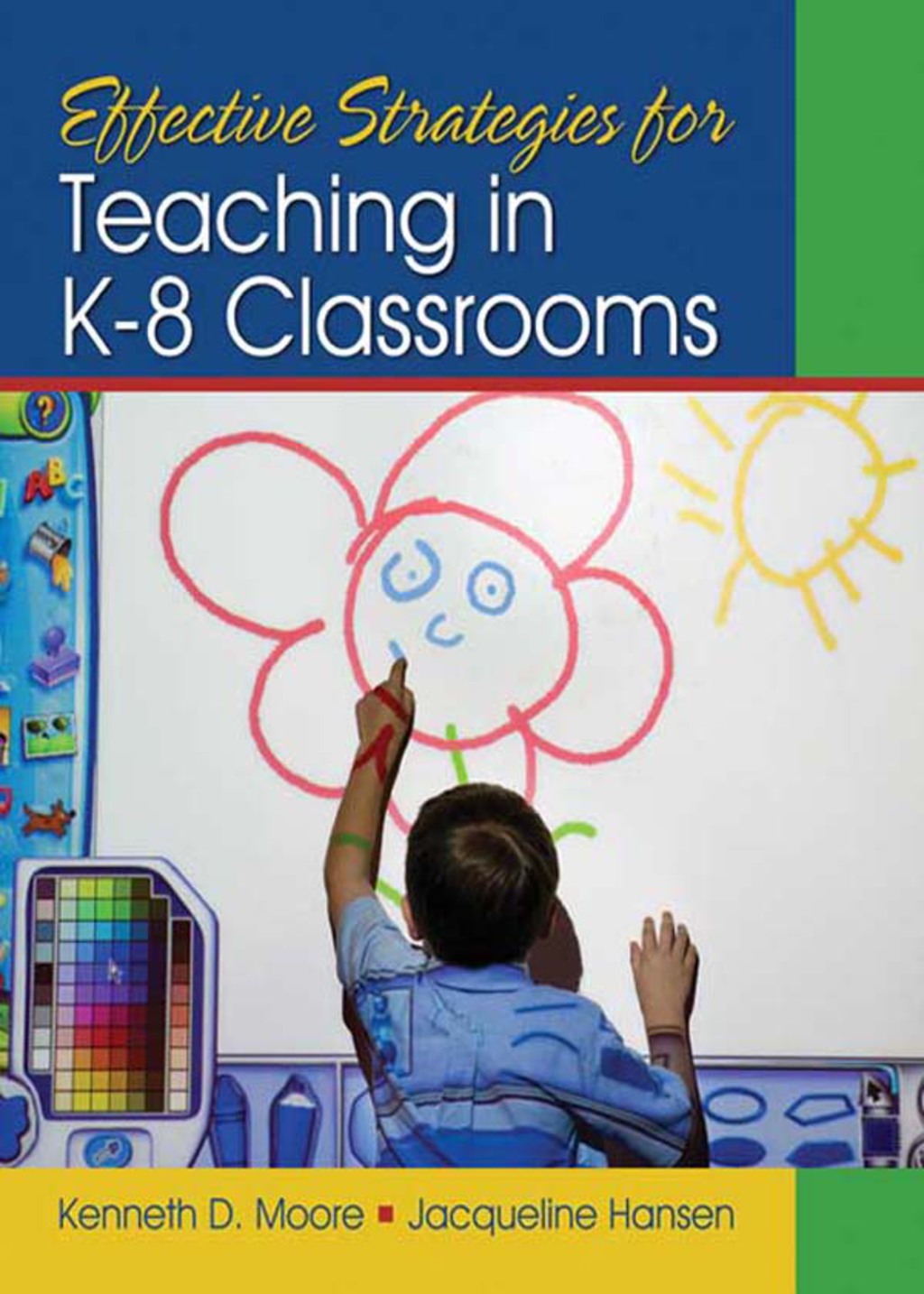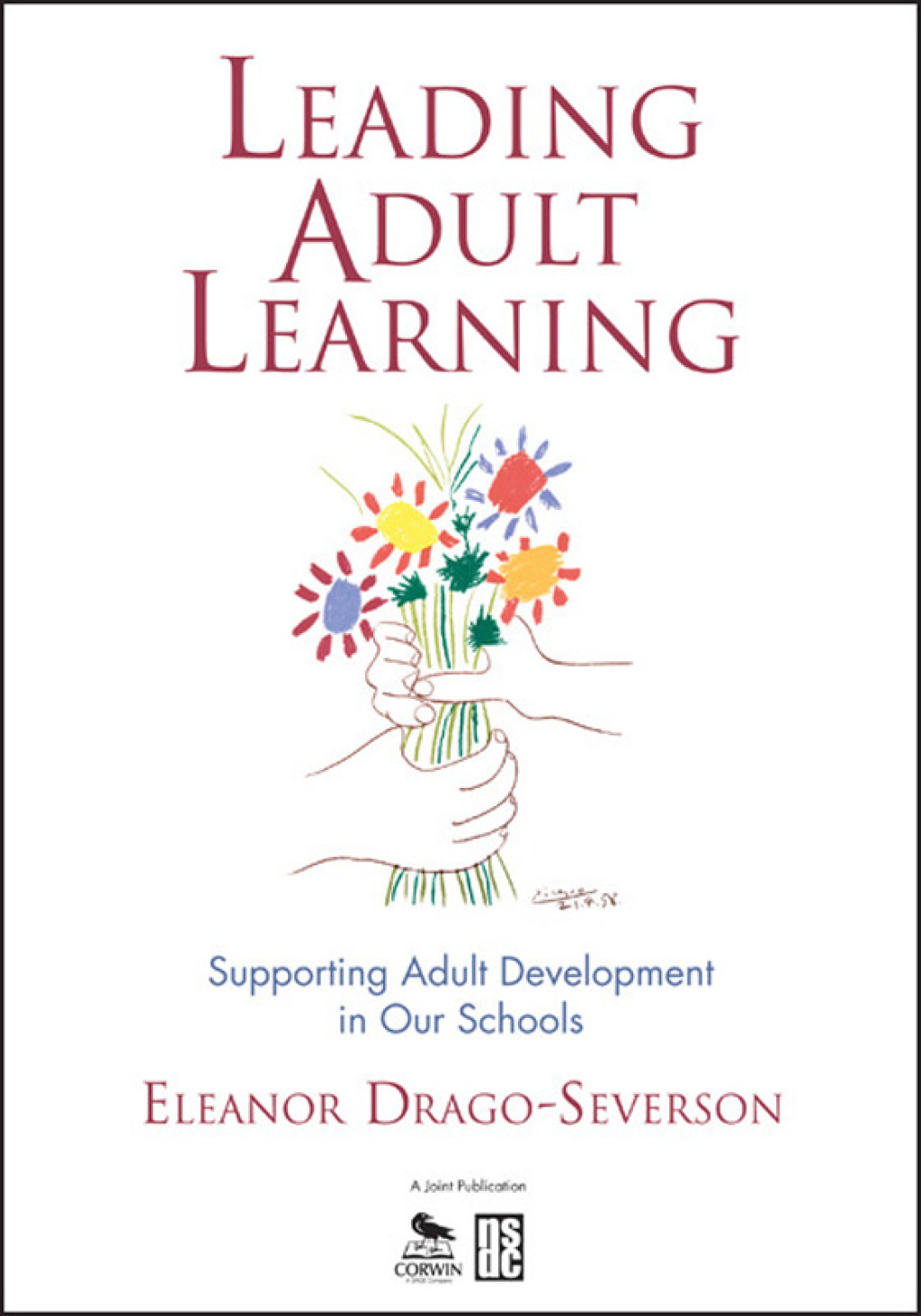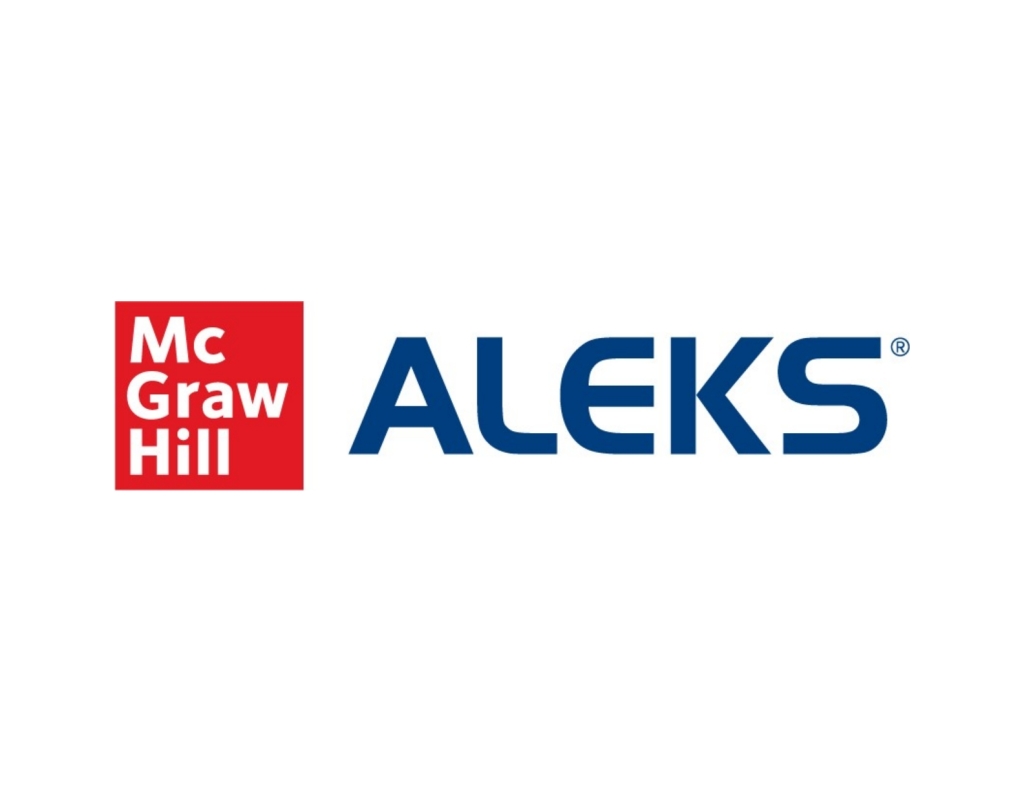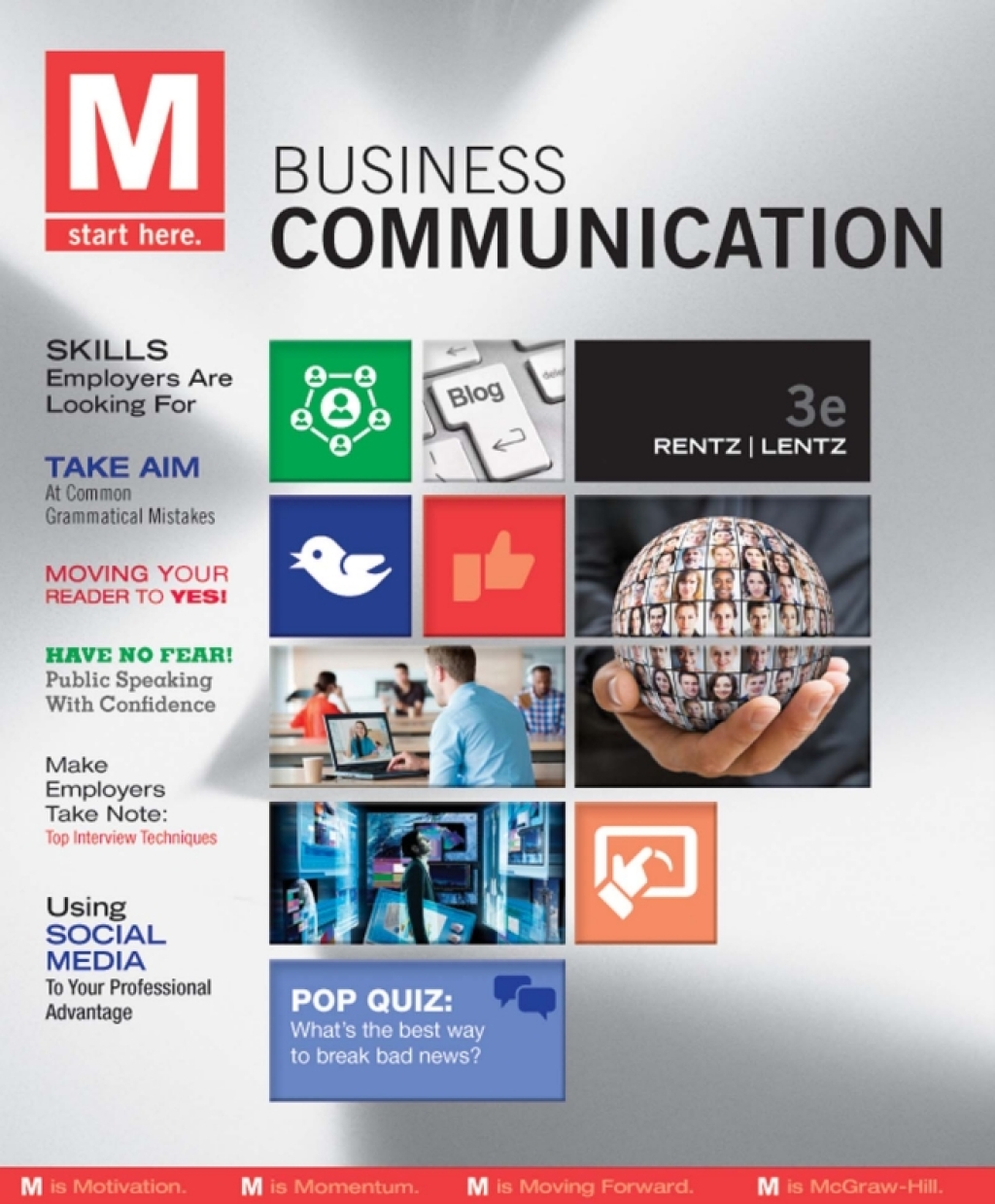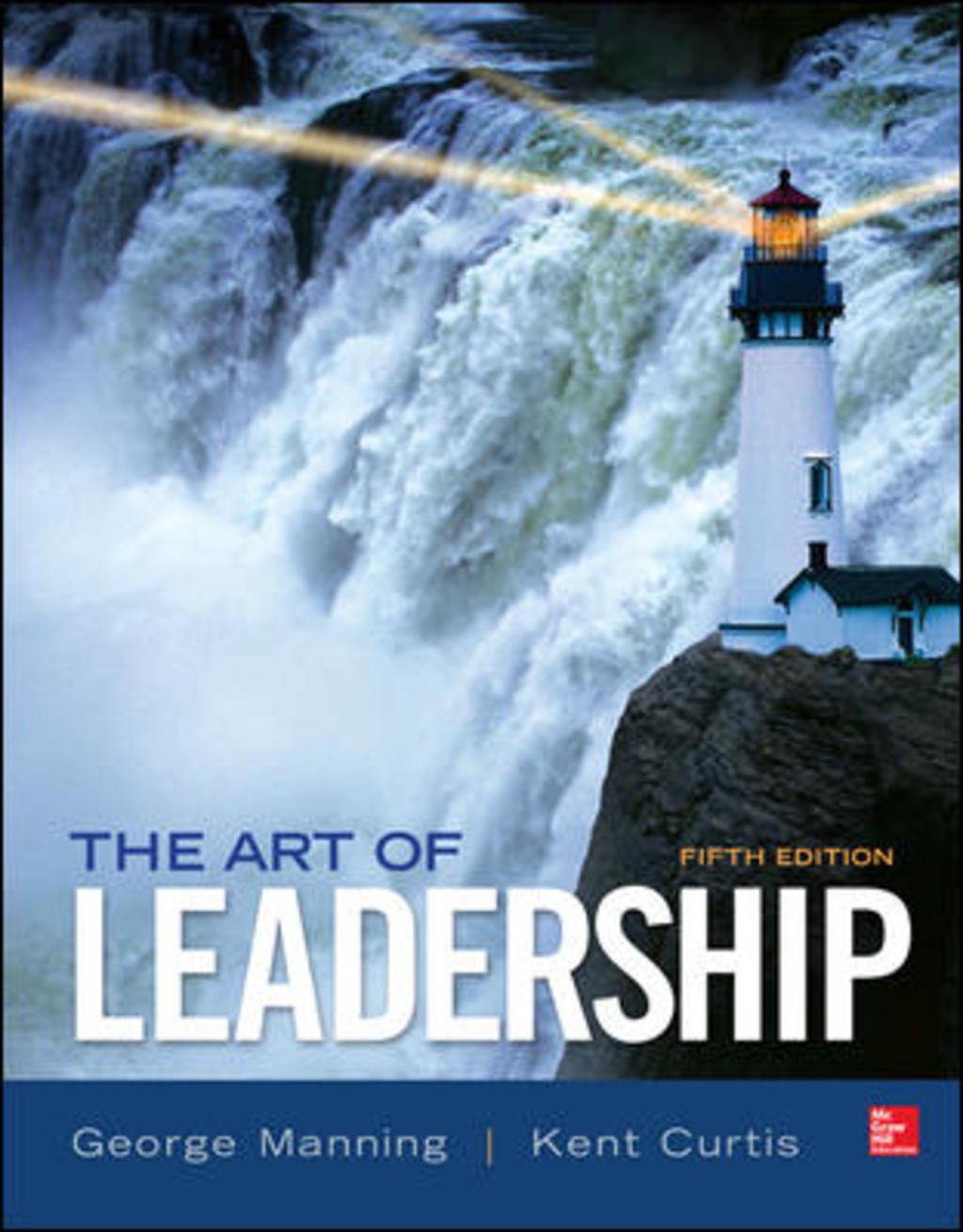Description
“A wonderfully practical book that contains real examples from real teachers, helpful checklists, and rubrics. I particularly like the application and reflection pages.” —Julie Davis, Executive Director, The Ohio Association of Elementary School Administrators “From Standards to Rubrics in Six Steps outlines an easy-to-follow process for designing and organizing standards-based instruction that engages students in performance-based learning. Kay Burke effectively shows teachers how to use checklists and rubrics to put students in the driver′s seat of their own assessment for learning.” —Nancy Larimer, Professional Learning Supervisor, Cobb County School District, Marietta, GA Practical tools for translating standards to rubrics and ensuring high student achievement! In this new edition of her best-selling, comprehensive guide, internationally recognized assessment expert Kay Burke provides educators with a six-step process that makes it easier than ever to link teaching and assessment to standards. Covering summative, formative, and differentiated assessments, this guide features templates for each step of the process—sample tasks, rubrics, and units—and a link to a companion website for further examples. From Standards to Rubrics in Six Steps has been updated to help teachers create more complex performance tasks, work in grade-level or vertical teams, and understand assessment for testing scenarios that involve technology. Burke shows you how to Apply the six-step process using the book′s theory, examples, applications, and explanations Build your own tasks, checklists, and rubrics Differentiate for special needs within standards-linked tasks Provide good feedback and share checklists and rubrics with students for ongoing formative assessment and self-assessment Using these tools, teachers can measure student understanding in a meaningful way, track student progress toward meeting standards, and increase the academic performance of all students!

